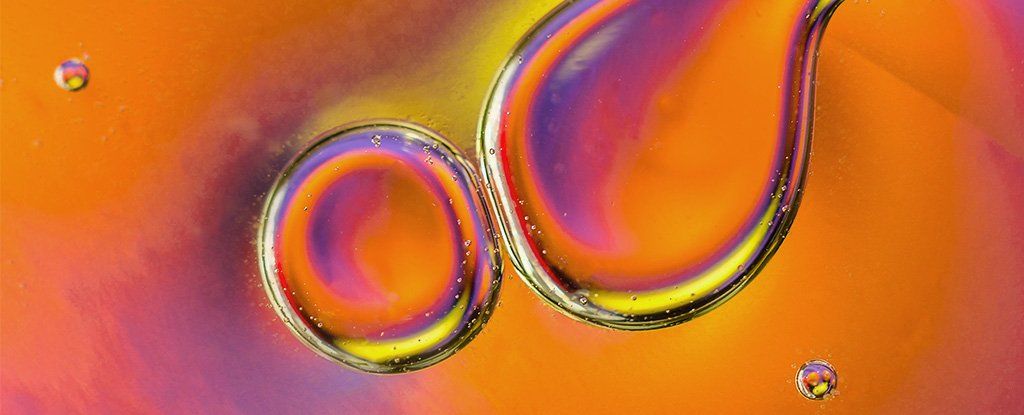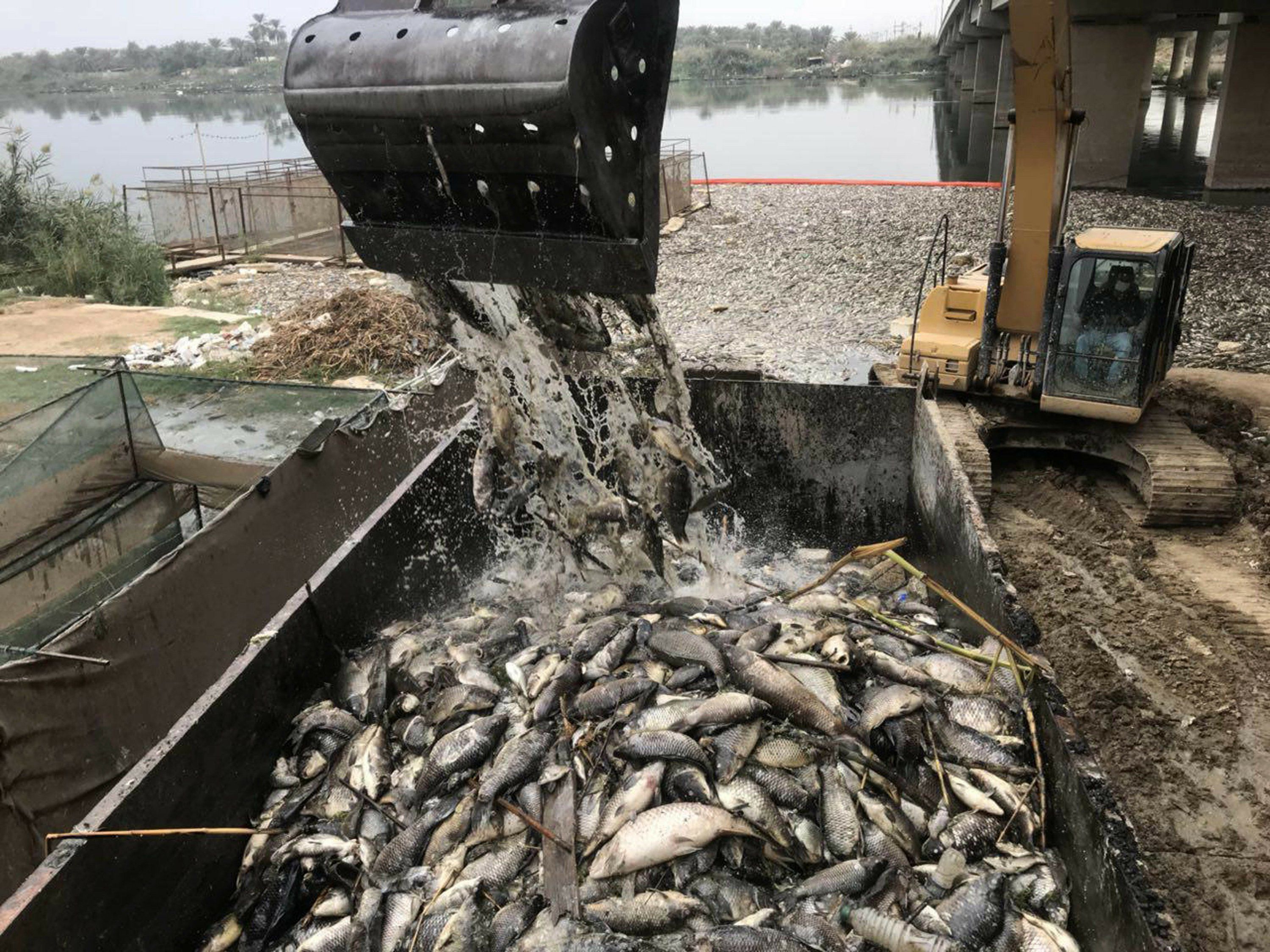Nov 10, 2018
Elon Musk authorizes Tesla employees to provide assistance for the California wildfires and ‘not worry about payment’
Posted by Genevieve Klien in categories: Elon Musk, sustainability, transportation
California, Tesla’s home state, is currently on fire as the current wildfire season is proving to be particularly devastating.
CEO Elon Musk has authorized Tesla employees to provide assistance for the wildfires and not worry about payment.
















